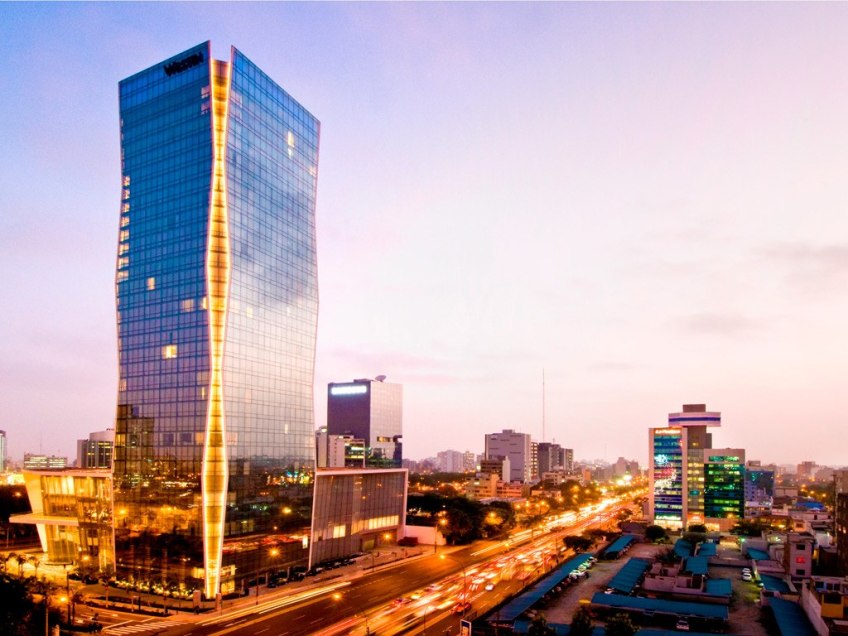RIO DE JANEIRO, BRAZIL – Peru would grow 2.5% this year, below what was expected for Colombia (5.5%) and above what was projected for Chile (1.5%), Brazil (1.5%) and Mexico (1,8%), Credicorp Capital estimated today.
However, the balance of risks continues to tilt downward given the external context, internal social conflicts, high inflation and political uncertainty, said the Regional Managing Director of Fixed Income, Currencies and Credit of Credicorp Capital, Alfredo Béjar.
Read also: Check out our coverage on Peru
PADDLING AGAINST THE CURRENT
“As far as the region is concerned, despite the continued improvement in the terms of trade, currencies and interest rates have come under significant pressure amid external risks and heightened political uncertainty,” he said at a press conference.

He stated that high inflation, the withdrawal of monetary stimuli, lower expected growth and the war are clouding the global economic outlook. Commodity prices remain elevated and risks are still high given the possibility of a further escalation of the Russia-Ukraine conflict.
“With the above, the reduction in growth projections for both 2022 and 2023 has already begun to materialize. The risks continue to fall with the duration of the war being key. To the extent that inflation and its expectations remain high in the U.S. in the midst of a strong labor market, the Fed has been materializing what has been suggested for several months,” he maintained.
INFLATION WOULD FALL IN 2022
Inflation would begin to decline in the second half of 2022 and end the year at 5.5%, lower than the end of 2021 of 6.4%, according to Alfredo Béjar. He added that inflation would continue to decline in 2023 to close the year at 3%.
He referred that at the last monetary policy meeting in May, the BCR board agreed to raise the reference interest rate by 50 basis points, taking it to 5%, continuing with the normalization of monetary policy due to high levels of inflation registered.
“It is expected that the BCR board will be especially attentive to the new information regarding inflation to consider additional modifications in the monetary policy position that guarantee the return of inflation to the target range,” he noted.
“Inflation is projected to begin a gradual decline in the second half of 2022 and the BCR is projected to raise its benchmark rate above 6% this year,” he predicted.
He affirmed that sovereign bonds have followed this upward rate trend, registering levels above 8%, a new all-time high.
“Limited appreciation is expected given the uncertainty of inflation, proposals for populist measures, tensions between the Executive and Legislative bodies,” he considered.
AFP WITHDRAWAL
Alfredo Béjar pointed out that, according to the SBS, with the previous five withdrawals of funds from the AFPs, which were approved between 2020 and 2021, the total withdrawn amounted to S/65.9 billion (US$17.7 billion or 7.5% of GDP).
Additionally, he concluded, an optional pension fund withdrawal of up to 4 UIT would imply pension fund outflows of up to S/27.3 billion (US$7.3 billion or 3.1% of GDP).

